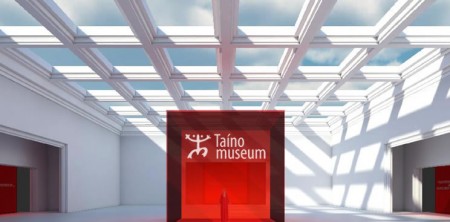Since near 50 years, Kathy Dicquemare (80+) has bring together more than 5,000 pre-Columbian artifacts, the majority of which are Taíno pan-Caribbean archaeological objects from Haiti. This is from far the first unique Private Collection on Taíno People up to now.
Since 2009, Kathy has create the KATHY DICQUEMARE FOUNDATION, a non profit organisation. Since 2011, the Foundation is member of the ICOM - INTERNATIONAL COUNCIL OF MUSEUMS (https://icom.museum). ICOM sets standards for museums in design, management and collections organisation. The ICOM Code of Ethics for Museums is a reference in the global museum community.
The main purpose of the foundation is to build the first national Taíno Museum to share this collection with the public. While protecting the collection of the foundation, the museum has an educational objective to make discover the Taíno culture to the largest number of people.
As soon as the project is fully sustainable and financed, the construction of the Taíno Museum building will start. The Museum is hosted inside the Cormier Beach Resort area.

